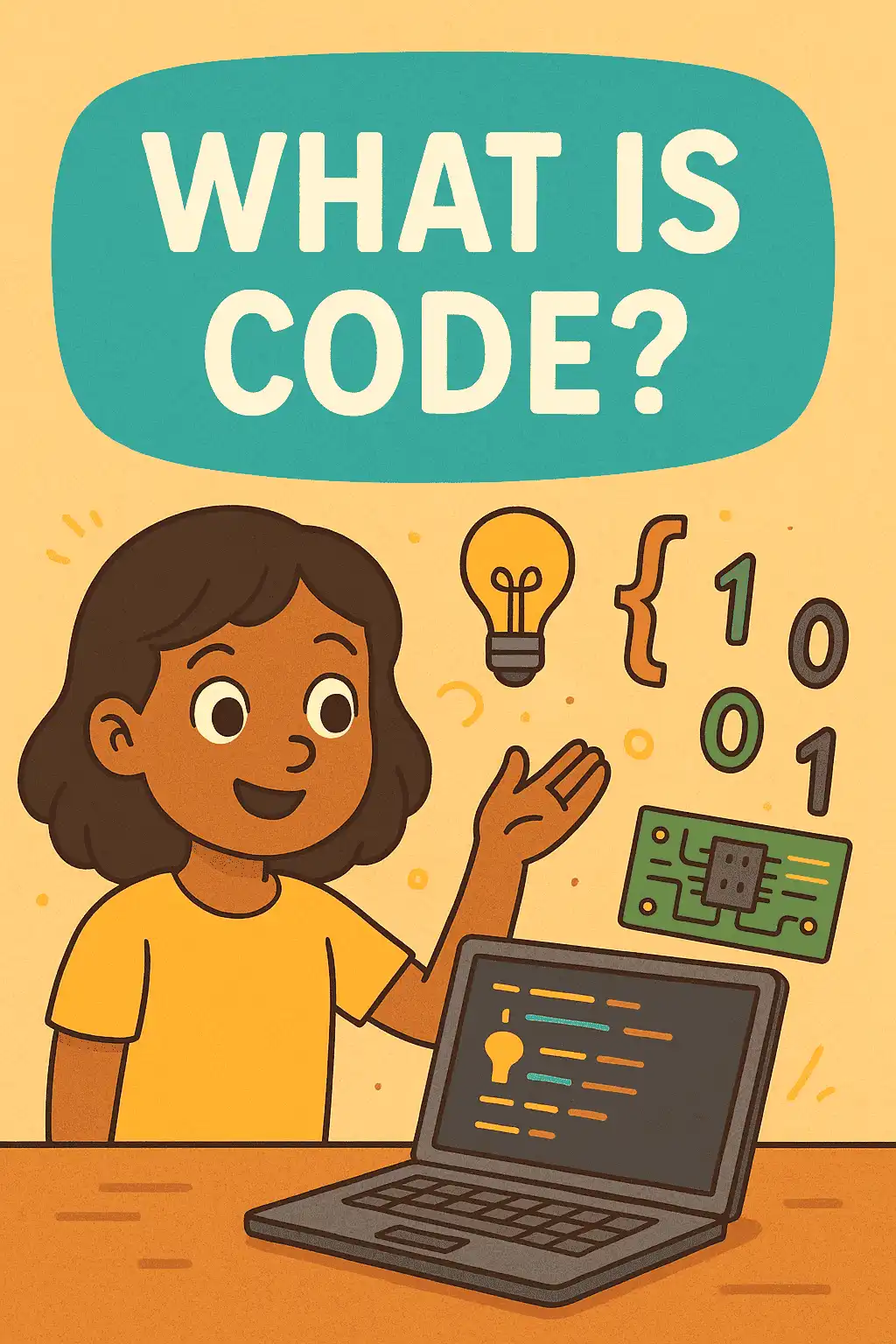
So, in order to understand computers or build computers, we need to talk to computers. We talk to computers using a language that’s called code.
But code isn’t like human language. And to understand code, we need to understand its origin – Why People Needed to Send Messages Across Long Distances.
Why do humans want to send messages far away in the first place?
Long ago, people could only share ideas by talking face to face. That’s fine if you’re close. But what if your friend is on the other side of a forest? What if your army is 20 miles away and you need help now? Or what if your boat is sinking far from land?
Humans are smart—but we can’t shout across mountains or oceans.
So we had a problem. A big one:
👉 How do you send a message when you’re not there to say it yourself?
Solving this problem is how humans ended up inventing letters, lights, wires, and eventually, computers.
🪵 The First Messages: Sounds and Signals
Before writing, people used sounds and visible signs.
Here are a few:
-
Drum beats: Some tribes used different rhythms to send basic alerts.
-
Smoke signals: A short puff meant something different from a long one.
-
Bonfires on hilltops: A fire lit on one hill could mean “Enemy coming!” and alert the next hill, and the next.
But there was a catch. These were simple messages. You could say “danger,” but not “Bring 200 horses and turn left after the river.”
So humans needed a better way. A way to send any message, not just a few fixed ones.
✍️ Writing Changed Everything
Then writing came. People could now write long messages and give them to messengers—runners, horses, ships. But this was slow.
If a message took days to arrive, it could be too late. In war, business, or even family, that delay could be a big problem.
So people started asking:
“How can we send a message faster than a horse?”
That’s when things really got interesting.
🔦 Seeing and Hearing Across Distance
If you can’t send your body, maybe you can send a signal.
So humans looked for things that travel far and fast—like light and sound.
-
Light is fast and visible from far away (like a flashlight or fire).
-
Sound is good too—bells, horns, drums, shouting.
But again, how do you send real messages, not just noise?
You need a code.
💡 What Is a Code, and Why Is It Powerful?
A code is a way of turning ideas into signals. For example:
-
1 short flash of light = “A”
-
2 short flashes = “B”
-
Long, short, long = “C”
Now, you don’t need to say “cat” to send the word “cat.”
You just need to send the code for C, A, and T.
That means you can use anything to send a message:
-
Light, sound, smoke, flags, tapping—anything that can be repeated and understood.
This is where real long-distance messaging began.
🧠 What You’ve Learned So Far
-
People needed to send messages far away because real-time talking wasn’t possible.
-
Early methods (drums, smoke, messengers) worked but were slow or limited.
-
The real breakthrough came from using codes to turn ideas into signals.
-
Codes let humans say complex things over long distances using sound or light.